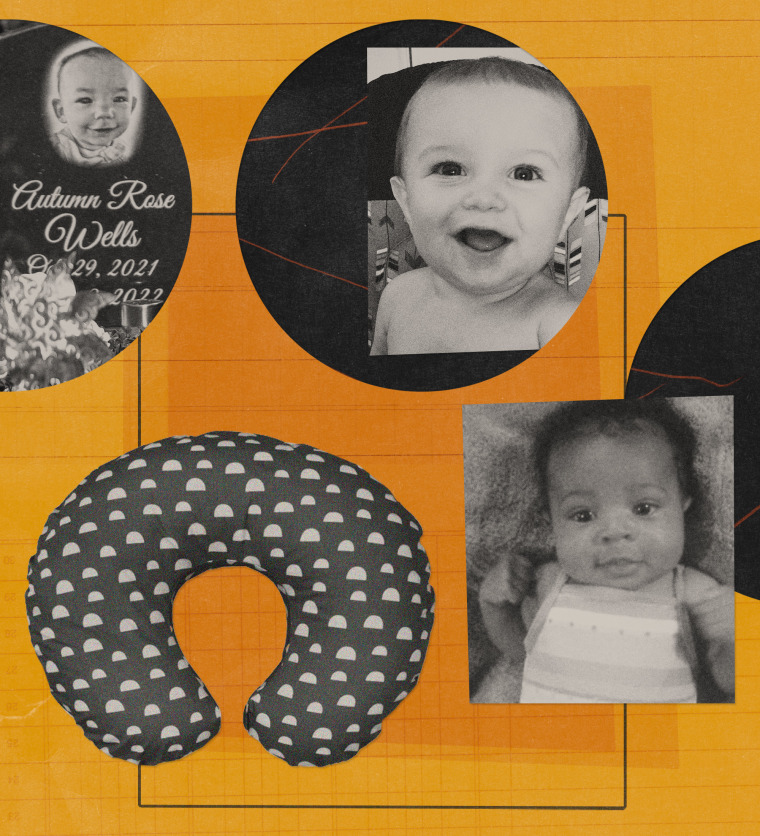This article is Part 2 of “Death by Delay,” a series on how consumer product hazards have cost lives.
One infant was 22 days old, his body cold and still when his mother found him. Another, a fussy 2-month-old, was discovered unresponsive by his exhausted parents hours after they had brought him into bed late at night. A third suffocated while lying next to his twin brother in the bassinet they shared.
Before they died, all of the babies had been placed to sleep on nursing pillows — and their deaths were neither isolated nor unavoidable, an NBC News investigation found.
At least 162 babies under a year old have died in incidents involving nursing pillows since 2007, according to a first-of-its-kind analysis based on hundreds of public records as well as internal federal data. Some of the babies slumped down on the pillows or arched backward off of them, constricting their airways. Others turned their faces into the plush surface, suffocating as their parents slept feet away.
In some cases, the cause of death wasn’t clear, but the babies were found on or with nursing pillows, sometimes while co-sleeping with parents or alongside soft bedding that also poses a suffocation risk. At least three incidents involved mothers who fell asleep while feeding their baby with a nursing pillow and awoke to find they couldn’t rouse their child.
“You think, ‘Well, we wouldn’t be able to buy things that are potentially unsafe for our babies.’ But yet, we can,” said Dr. Elizabeth Murray of Golisano Children’s Hospital in Rochester, New York, who sees babies nearly every year who have died after they were placed to sleep on nursing pillows.
Read more on consumer product hazards
Nursing pillows have become a must-have item for many new parents, with 1.34 million sold per year in the U.S., according to industry estimates. The horseshoe-shaped cushions, which come in a variety of colorful prints, are marketed as essential for the early months of life, when babies need to be fed frequently. Manufacturers say they’re safe if used as intended: to help caregivers cradle their babies while breastfeeding or bottle-feeding them.
But infants left unsupervised on the cushions or allowed to sleep with them — against the products’ warning labels — can stop breathing within minutes.
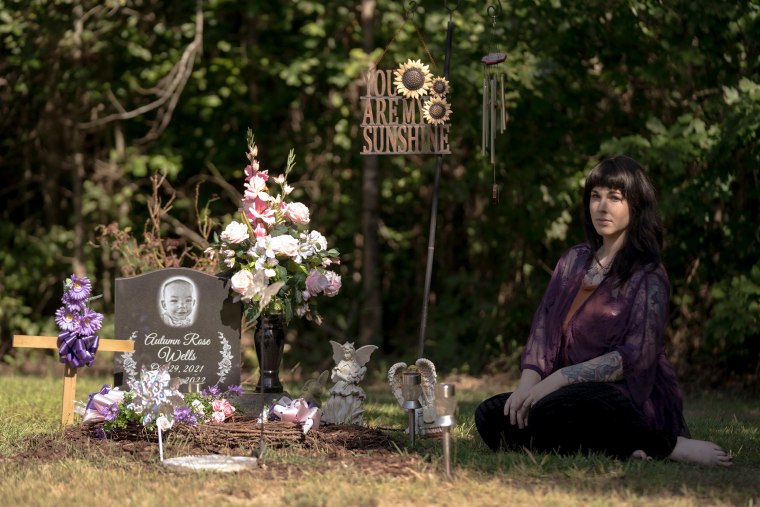
NBC News’ count of deaths is based on a range of records, including reports by consumers and local officials reviewed by federal authorities; law enforcement and medical examiners’ reports; and federal data obtained through a Freedom of Information Act request.
The count includes deaths caused by suffocation or restricted airways in incidents involving nursing pillows. In some cases, other causes were listed, such as pneumonia, or the cause of death was undetermined, unexplained or not listed, but a nursing pillow was mentioned as a potential factor. In most cases, the brand of nursing pillow was not specified. (For the full methodology, see below.)
The vast majority of the babies were less than 4 months old; the youngest was just 3 days old.
NBC News’ list is almost certainly an undercount, as autopsy reports do not always include details about specific products and often are not made public. Separately, state officials in Oklahoma and Indiana told NBC News they have tallied dozens of deaths in which nursing pillows were found in infants’ sleep areas, most of which were not included in NBC News’ count because there were not enough details.
Grieving parents said they had no idea the widely used product could be dangerous.
“I never would have brought that damn thing in my house,” said Janea Ivory of Springfield, Ohio, whose 3-month-old daughter, Reagan Merriweather, died napping on a nursing pillow in July 2010. “It looked safe, for heaven’s sake.”
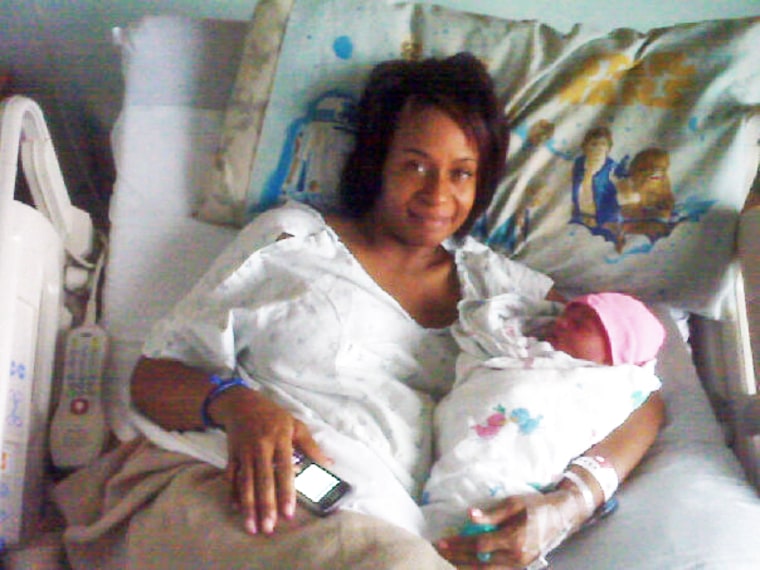
Federal regulators have been aware of the hazard for decades. But it was not until 2020 that the Consumer Product Safety Commission warned consumers that nursing pillows and other similar products “are not designed for sleep and are not safe for sleep.” The agency added that it was investigating fatal incidents but did not say how many.
After years of delays, the CPSC is now preparing to take the first steps toward rules to make nursing pillows safer, with a proposal expected in the coming weeks. Alex Hoehn-Saric, the agency’s chair, recently said at a conference that the CPSC has identified more than 130 deaths associated with nursing pillows over a 10-year period, a figure that does not include some of the deaths on NBC News’ list.
“I’m very concerned, given the large number of deaths,” Hoehn-Saric, who was nominated by President Joe Biden, said in a recent interview. “We need to move forward as quickly as possible.”
But several leading manufacturers of baby products are pushing back against the prospect of new regulation.
The Breastfeeding Infant Development Support Alliance (BFIDSA), which formed last year, is leading a lobbying and PR push whose funders include The Boppy Company and Snuggle Me Organic, two nursing pillow manufacturers. The coalition, which has enlisted support from nonprofit groups, health professionals and small businesses catering to new parents, is framing its effort as a feminist cause.
“Women’s rights are being gutted — and the ability for women and parents to choose how they feed their baby is next on the chopping block,” the alliance says on its website. It warned that federal regulators, who have not yet unveiled their proposal, want to “impose the will of government over the needs of mothers,” requiring such drastic design changes that products would have to be pulled from the market.
That could “have a negative impact on breastfeeding” or prompt some caregivers to turn to makeshift solutions that could be dangerous, the alliance said in a statement to NBC News. “It is imperative to have safe products on the market that properly assist parents in caring for their babies.”
Instead of mandating changes, the CPSC should “invest in an extensive campaign to educate consumers on safe sleep practices” and defer to voluntary safety standards that are currently under development, the group added.
When asked for comment, Boppy said, “As a member of BFIDSA, we support their position and responses to your questions.” Snuggle Me did not respond.
The campaign — which has spent about $150,000 on lobbying since last year, according to estimates in federal disclosures — has infuriated some regulators and safety advocates who accuse manufacturers of undermining efforts to save babies’ lives.
“Any infant death is too many,” said Courtney Griffin, director of consumer product safety for the Consumer Federation of America, a nonprofit advocacy group, “and any number beyond that is outrageous.”
‘It’s not worth an entire life’
Sterling Gerber was just shy of 7 months old when he was found unresponsive after falling asleep on a nursing pillow on the floor of his Oklahoma day care in July 2018, according to a police report obtained through a public records request.
The little boy, described by his mom as “one of the happiest babies,” was rushed to the hospital, where he was put on life support. But doctors told his parents he had been without oxygen too long to recover, said Sterling’s mother, Allison Blackburn. A medical examiner ruled it a “sudden unexplained infant death,” and the day care, which had been cited for multiple violations, shut down shortly afterward. The law firm that represented the day care declined to comment.
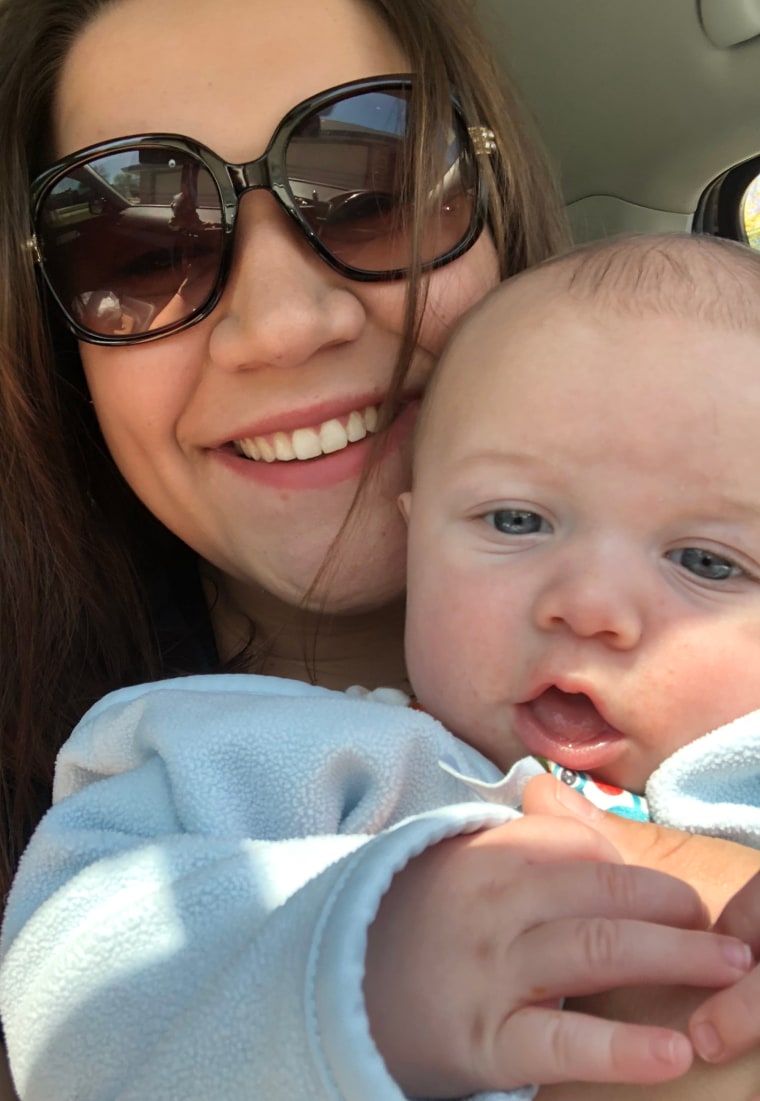
Blackburn has since warned as many parents as possible not to buy nursing pillows.
“It’s not worth risking putting your baby in a pillow,” said Blackburn, who now lives in Aurora, Colorado. “It’s not worth an entire life.”
Blackburn has kept mementos of her son’s brief life, including a box of Sterling’s clothes that she’s left untouched the past five years. She has two other boys, ages 3 and 4, who are learning ways to honor their big brother’s memory.
“We do kind of what we call a ‘yes day’ on his passing day, where we go out and do whatever they want,” such as buying toys or eating chicken nuggets for all three meals, Blackburn said. “Anything that they ask, they get — for one day.”
William Allen Cruze Lowe, known as “Cruze,” was 19 days old in June 2021 when his mom propped him up on a nursing pillow to sleep at home in Clinton, Tennessee. He had some sniffles, and his mother said she thought the elevated angle would help him breathe more easily.
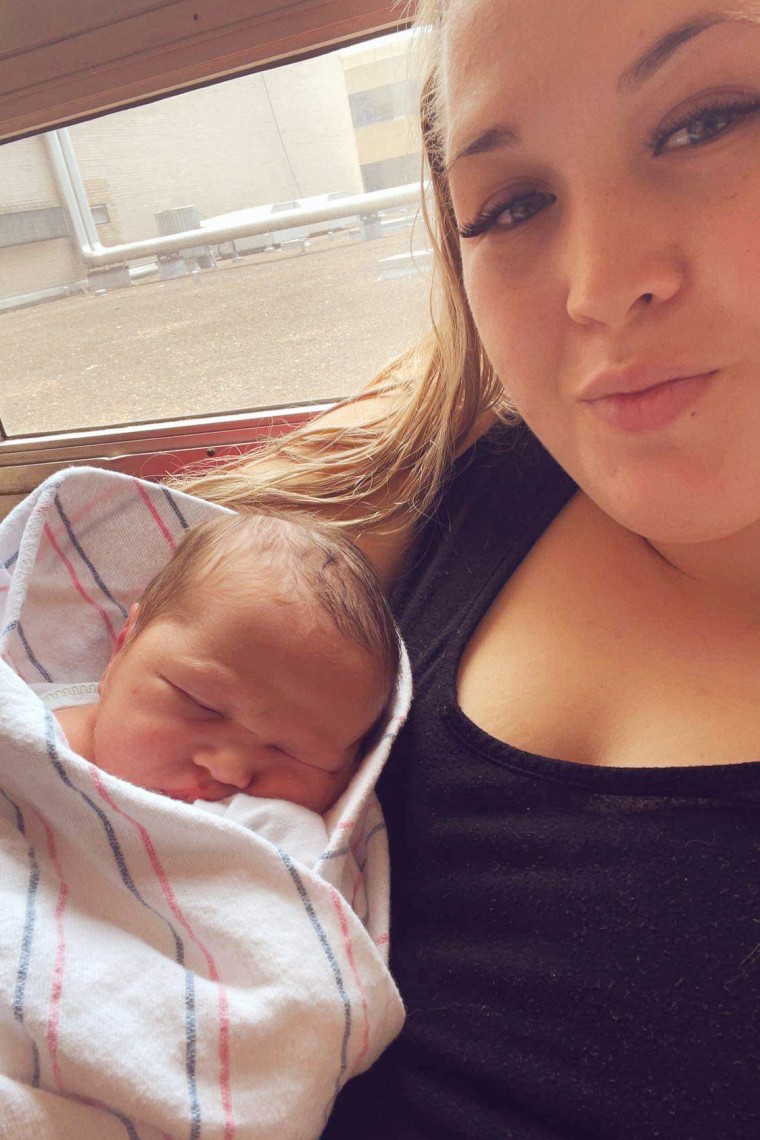
In the morning, Cruze’s father, William Lowe, reached for his son’s tiny hand, expecting the baby to make a fist around his finger like he always did. But Cruze didn’t move.
Cruze’s cause of death was acute bronchopneumonia, a medical examiner’s report concluded, adding that the unsafe sleep environment “likely contributed to the demise.”
Lowe still wonders if he could have saved his son.
“If I had woke up 10 minutes earlier, I could have got him,” he said.
Cruze’s mom, Courtney McBride, said that she didn’t know how sick her baby was, or that the pillow could cause him harm. She said that unlike the recalled Fisher-Price Rock ‘n Play sleeper, which has been tied to the deaths of about 100 babies, she had never heard safety concerns related to nursing pillows.
“I never thought it would be anything that could contribute to a life-or-death situation,” she said.
A new product, and new concerns
Nursing pillows are a relatively new innovation — and it took time for them to catch on.
Susan Henderson, a Colorado mother, invented the C-shaped Boppy pillow in 1989, after her daughter’s day care asked parents to bring in pillows that could be used to support babies who couldn’t yet sit on their own.
She said she soon realized that the pillow could be even more useful as a nursing support to reduce mothers’ neck and arm strain as they held and fed their babies. The pillows can position babies more comfortably as they latch onto the breast, which helps with milk production — one of many challenges new moms can face.
During the first few years, Henderson’s company struggled to stay afloat, but the Boppy soon took off. A growing number of Americans were embracing breastfeeding, encouraged by public health campaigns and research showing the benefits for both babies and mothers. By 2006, The Boppy Company had reportedly reached $15 million to $25 million in annual sales; the company was sold two years later. Nursing pillows are now a mainstay of baby registry lists, and Boppy competitors have swarmed the market.
While most nursing pillows have labels warning against using them unsupervised or for sleep, some, including Boppy, have also been labeled or marketed as places for infants to practice tummy time on their stomachs, or as a support for sitting or reclining.
“The Boppy pillow is not limited to breastfeeding; it offers a range of versatile uses,” the company says on its website. Leachco similarly describes its nursing pillow as a “multipurpose” product suitable for supervised tummy time or for lounging while awake.
That might lead caregivers to believe it’s safe to leave their baby unattended in those positions, some safety advocates and medical experts said. But that can quickly turn deadly.
“Absolutely use it to support breastfeeding so you’re comfortable and the baby’s comfortable,” said Dr. Lois Kaye Lee, who chairs the council for injury, violence and poison prevention at the American Academy of Pediatrics. “But after that, put it away.”
Some manufacturers are promoting a similar message: On Amazon, Snuggle Me says its nursing pillows — described as “feeding supports” — should never be used “for propping, sitting up or tummy time.”

Babies are particularly vulnerable to the threat posed by pillows and similar soft objects as they sleep, said Erin Mannen, assistant professor of mechanical and biomedical engineering at Boise State University, who has studied the issue. While adults and older children have an internal arousal response that wakes them up when there’s danger, babies have a less developed response — and don’t have the muscle strength and motor control to get themselves out of an unsafe position on soft cushions, Mannen said.
“Sometimes 15 minutes away from the baby is something that we need for our sanity,” she said. “Unfortunately, even in that short amount of time, some really dangerous and sad situations can occur if babies aren’t in safe products.”
As nursing pillows grew more popular, medical experts and safety regulators were becoming increasingly concerned about the dangers of soft surfaces, bedding and other objects surrounding babies as they slept. In 1992, the CPSC banned beanbag-like infant cushions after dozens of babies died. Four years later, the American Academy of Pediatrics recommended that babies sleep on a firm surface without any soft bedding to reduce the risk of sudden infant death syndrome, in addition to being placed on their backs.
In 2004, federal regulators announced the first — and so far, only — recall of a nursing pillow.
Unlike most nursing pillows, which are stuffed with foam or polyester fiber, the Boston Billow is filled with plastic beads that mold to the shape of a baby’s head and body. In its recall announcement, the CPSC said the product was prohibited under the 1992 ban. The agency did not mention any deaths or injuries in the recall announcement, but warned that infants were at risk of suffocation if “placed on these pillows and left unattended.”
The company fought back, and in 2008, the agency reversed course and ruled that the Billow — and other “substantially similar” nursing pillows — were exempt from the infant cushion ban. The CPSC said at the time that nursing pillows served a useful purpose and that infants were unlikely to suffocate if the pillows were used properly for breastfeeding.
Boston Billows, which continues to sell the same nursing pillow, said it is unaware of any safety incidents involving its products. (NBC News did not identify any deaths associated with the Billow.)
Ken Igoe, the company’s co-founder and CEO, said in an interview the Billow was never designed or marketed to prop up babies and he faulted companies that did so.
“They’re promoting the use of a product in an unsafe way,” he said. “And that may be contributing to these tragic deaths.”
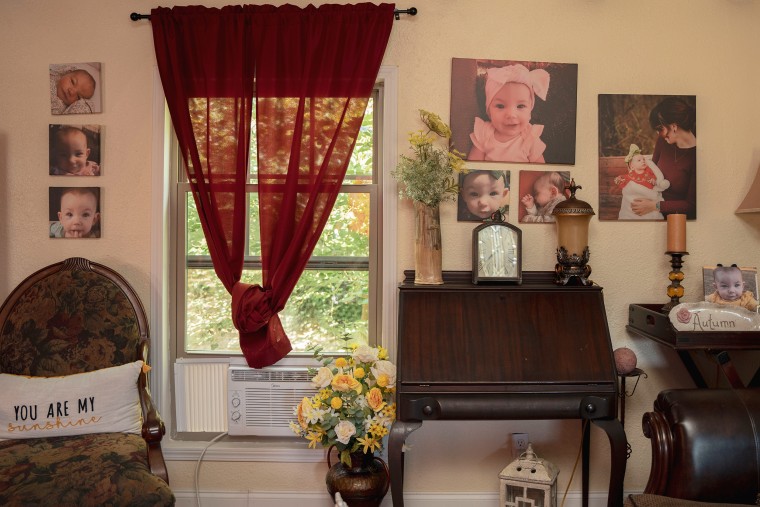
The first warning
Over the next decade, evidence continued to mount that babies were dying in their sleep in soft bedding — and that their deaths were avoidable.
In December 2019, a study by researchers with the Centers for Disease Control and Prevention identified 141 deaths of babies who had been set down to sleep on or with U-shaped pillows over a 12-year period. It determined that the pillow was directly to blame for airway obstruction in at least nine of the cases.
The following October, alarmed by growing reports that babies were dying in nursing pillows as well as infant loungers — cushioned pads meant for supervised awake time — the CPSC issued a general public warning against using any “pillow-like products” for sleep. The 2020 warning mentioned deaths “possibly associated” with the pillows but did not give a number.
By 2021, CPSC commissioners were deciding whether to move forward with a proposal to expand the 1992 ban, which could potentially target nursing pillows and loungers. The CPSC ultimately delayed that plan — and in the meantime commissioned new research and worked with industry representatives and consumer advocates on voluntary safety standards, which are still being drafted.
“Under our statute, we cannot put rules in place by snapping our fingers,” CPSC Commissioner Peter Feldman said in a statement. “Courts will block agency action when we take shortcuts.”
Mannen, the Boise State professor, spearheaded the research the CPSC commissioned, which was released in October 2022. Her team examined 28 cases from January 2019 to March 2021 in which nursing pillows, or nursing pillows that are also marketed as loungers, were tied to babies’ deaths. Two of the deaths occurred when mothers breastfeeding their babies fell asleep themselves, while the rest occurred when infants were laid down on the nursing pillows to sleep.
Mannen believes that firmer nursing pillows with defined edges are safer than the rounded, tubular design because firmer pillows would be a less inviting place to set babies down. Others have suggested widening the curve of the pillows to make it harder to prop up babies on them.
While Mannen did not specify brands that follow her recommendations, one that might fit the criteria is My Brest Friend, a nursing pillow that launched in 1995 and has a firmer surface, a sharper edge and a wider curve than tighter C-shaped pillows like the Boppy. Made by Zenoff Products, My Brest Friend was solely designed for breastfeeding and is not conducive to other uses, like propping a baby, according to Andrew Zenoff, the company’s founder and CEO.
Last year, the family of a 3-month-old who died on a nursing pillow in New Jersey in 2020 sued Boppy and its parent company, alleging that they knew or should have known about the product’s “defective and unreasonably dangerous design,” yet continued to sell it anyway. The companies denied this in court filings and said the baby’s parents were “guilty of negligence which either caused or contributed” to their infant’s death. The case is ongoing.
Dr. Rachel Moon, who leads the SIDS task force for the American Academy of Pediatrics, argues that it’s the manufacturers’ responsibility to make their products’ design less deadly.
“You have to make sure that it’s going to still be safe, even if people don’t use it correctly,” she said. “Because these are babies — the babies can’t protect themselves, and they can’t make those decisions.”

A battle over the nursing pillow’s future
While the Consumer Product Safety Commission didn’t move forward with a plan to regulate nursing pillows in 2021, it became clear to the industry that it could only be a matter of time before federal regulators proposed rules that could dramatically alter the business.
The Breastfeeding Infant Development Support Alliance launched last year; by April 2022, Boppy and Snuggle Me had each contributed more than $5,000, according to federal lobbying disclosures. The group hired lobbyists from Bracewell, a prominent industry law firm, and met with CPSC commissioners and their staff at least three times last year, agency records show.
In meetings last summer, members of the alliance — including Boppy’s co-CEO, Snuggle Me’s chief sales officer, Bracewell lobbyists and a doula who is also a breastfeeding counselor — said they were concerned that the CPSC might expand the 1992 infant cushion ban.
The group said the idea “came out of nowhere and scared the stakeholders,” according to notes from July 2022 meetings with CPSC Commissioner Feldman and CPSC Chair Hoehn-Saric’s staff, provided to NBC News by an attendee.
Members of the alliance warned that if nursing pillows were not readily available, mothers might resort to using standard pillows to make themselves comfortable while breastfeeding instead — which they argued would be even more unsafe, according to the attendee’s notes.
When a CPSC staffer asked what companies could do to stop parents from misusing the products, Boppy and Snuggle Me emphasized that their warning labels instruct consumers to use their products only for awake time, and pointed to their work on voluntary safety standards, according to the meeting notes.
The companies, overall, “stressed that they’re not the culprit,” the notes said.
Three months later, in October 2022, the CPSC released its operating plan for the following year: It would finally propose the first federal safety regulations for nursing pillows, but not as an expansion of the infant cushion ban.
Since then, the industry-backed group has ramped up its campaign. Shortly after Mother’s Day, the Breastfeeding Infant Development Support Alliance issued a press release urging the public to “fight for moms’ rights” by opposing a threat by the CPSC “to significantly change or even ban Nursing Pillows.”
CPSC commissioners began receiving hundreds of emails urging them to “#SupportMoms by protecting nursing pillows” from regulatory overreach, echoing the alliance’s website. The group has also held meetings on Capitol Hill to keep members of Congress “informed of progress,” it said in a statement.
Supporters of the alliance — who include a pediatrician who previously served as a paid consultant for Boppy and nonprofit groups that have received donations from the company — said in interviews that they stepped up not because of their past relationships with manufacturers but because they back the cause.
Dr. Ian Paul, a professor at the Penn State College of Medicine who testified on the alliance's behalf in 2022, said that nursing pillows benefit a huge number of people and are safe if used properly.
“These extremely rare events are tragic,” he said, but “given how often these pillows are used, the likelihood is very, very low.”
First Candle, a nonprofit group focused on SIDS prevention, is not a member of the alliance but endorses its effort to protect nursing pillows.
“Without this support, breastfeeding could very well become too difficult for mothers, and they will simply give up,” the group said, pointing out that breastfeeding has been associated with reduced risk of SIDS.
Hoehn-Saric, the CPSC chair, accused industry representatives of using “scare tactics” and “disinformation” to mislead the public. “I have been clear that I don’t want to ban nursing pillows; I want to make them safer,” he added in an emailed statement.
Feldman, the CPSC’s sole Republican commissioner, countered that the industry’s concerns about a ban “are not unfounded,” since new rules could have the same effect as a ban by forcing products off the market.
The CPSC is expected to unveil its proposal in the coming weeks. But given the lengthy rulemaking process, which includes a public comment period, the fight could drag on for years.
‘There’s nothing that’s going to bring my child back’
At least 36 babies have died in incidents involving nursing pillows since the CPSC’s first and only warning to the public in October 2020, according to NBC News’ investigation. One of them was 4-month-old Autumn Wells.
It was March 2022, and Autumn’s mother, Taylor Wells, was getting excited to celebrate her daughter’s first Easter. She had ordered her a frilly dress with bunnies on it and a little fabric basket embroidered with Autumn’s name. She couldn’t wait to spend the holiday with her active, curious daughter.
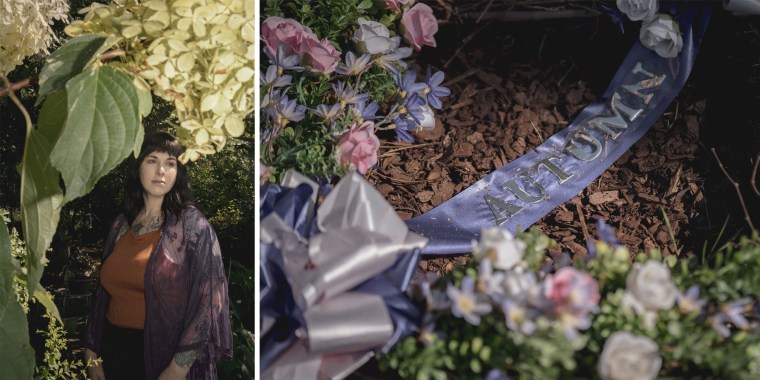
“She would try to stand up,” Wells said. “She had places to be.”
On March 9, Wells, of Belmont, Mississippi, dropped Autumn off at day care and then went to her job at a nearby motorhome factory. That day, staff placed Autumn face-down in a Leachco nursing pillow for a nap and covered her with a blanket, according to police and court documents.
Day care employees discovered Autumn unresponsive. A local coroner found that she had died of asphyxia and blamed the “unsafe sleep environment,” including the nursing pillow and blanket. Leachco did not answer questions and referred to the statement provided by the Breastfeeding Infant Development Support Alliance.
Five people have been indicted in Autumn’s death, including two former day care employees who face manslaughter charges; all have pleaded not guilty. (An attorney for the day care center did not respond to calls and emails.)
“There is no justice in a case like this,” Wells said. “There’s nothing that’s going to bring my child back.”
Autumn wore the new dress her mom got her, but not on Easter. Instead, she was buried in it.
Methodology: To compile the list of 162 deaths of babies less than 1 year old in incidents involving nursing pillows, NBC News relied on autopsy reports; child fatality reports; state death databases; lawsuits and other court records; and vetted media clips. We also relied on the Consumer Product Safety Commission’s Clearinghouse data, which draws from death certificates, medical examiner reports, news articles and reports from local government agencies. In addition, we drew from the CPSC’s SaferProducts.gov database, which compiles reports from consumers, local health and government officials, and others. And we obtained a list of deaths that the CPSC sent to ASTM International, a technical standards development organization that works on voluntary safety standards.
The Clearinghouse data and SaferProducts.gov reports are reviewed by the CPSC before being posted online or released through Freedom of Information Act requests, though the agency does not guarantee their accuracy or completeness. The database of deaths the CPSC sent to ASTM International as part of a voluntary standards process was also reviewed by the CPSC and is more detailed than Clearinghouse or SaferProducts.gov.
NBC News’ list includes deaths caused by suffocation, positional asphyxia and SIDS in which babies were placed on nursing pillows to sleep or were propped on nursing pillows while breastfeeding or bottle-feeding. It also includes deaths in which the nursing pillow is mentioned as a contributing factor in an unsafe sleep environment that may also involve other factors, such as soft bedding or a bottle left propped in a baby’s mouth. In some incidents, additional causes of death are listed, such as prematurity, a respiratory illness or co-sleeping with an adult. The list also includes incidents for which no cause of death was listed, or for which the cause was listed as “undetermined” or pending, but which involved a nursing pillow, according to CPSC data and product safety reports to the agency.
The list excludes deaths in which the cause appeared not to be directly related to the nursing pillow, such as deaths caused by blunt-force trauma; deaths in which the baby rolled off the nursing pillow and fell to the floor; and deaths caused by a drug. This list also excludes any potentially duplicative cases, based on the location, date of death and other incident details.
To corroborate information on the deaths, NBC News sought autopsy reports and death certificates through public records requests, obtaining reports from police, medical examiners, child welfare offices and health departments, among other sources. In many cases, it was not possible to obtain autopsy reports or death certificates because the CPSC did not provide detailed location information or because states or local authorities declined to make the documents public.
